Osorezan, located on the Shimokita Peninsula in Aomori Prefecture, has long been known as a sacred site where the souls of the deceased are honored.
The landscape is unlike anywhere else in Japan: white volcanic sands and rising sulfur steam give the ground a harsh, otherworldly appearance, while a quiet lake stretches out just beyond.
This contrast creates a scene that feels as if “hell and paradise, the living world and the afterlife” exist side by side.
Osorezan is not a lively tourist attraction.
It is a place to slow down, walk quietly, and spend time with your own thoughts.
How to Get to Osorezan
Address:3-2 Usoriyama, Tanabu, Mutsu City, Aomori Prefecture View on Google Maps
Getting to the Nearest Station (Shimokita Station)
The closest station to Osorezan is Shimokita Station in Aomori Prefecture.
-
From Aomori Station to Shimokita Station: about 2 hours
-
From Hachinohe Station to Shimokita Station: about 1 hour 45 minutes
From Aomori or Hachinohe, take the Aoimori Railway to Noheji Station,
then transfer to the Ōminato Line and continue to Shimokita Station.
If you are traveling from Tokyo, going via Hachinohe is usually slightly faster and more convenient.
From Shimokita Station to Osorezan (By Bus)

From Shimokita Station, take a bus to Osorezan.
-
Travel time: about 35 minutes
-
Fare: ¥810 (pay in cash on the bus; no advance ticket needed)
-
Get off at: Osorezan (this is the final stop)
The bus stops very close to the entrance of the temple grounds.
When you exit the ticket gate at Shimokita Station, the bus stop is on your left.
Board the bus at Platform No.1.
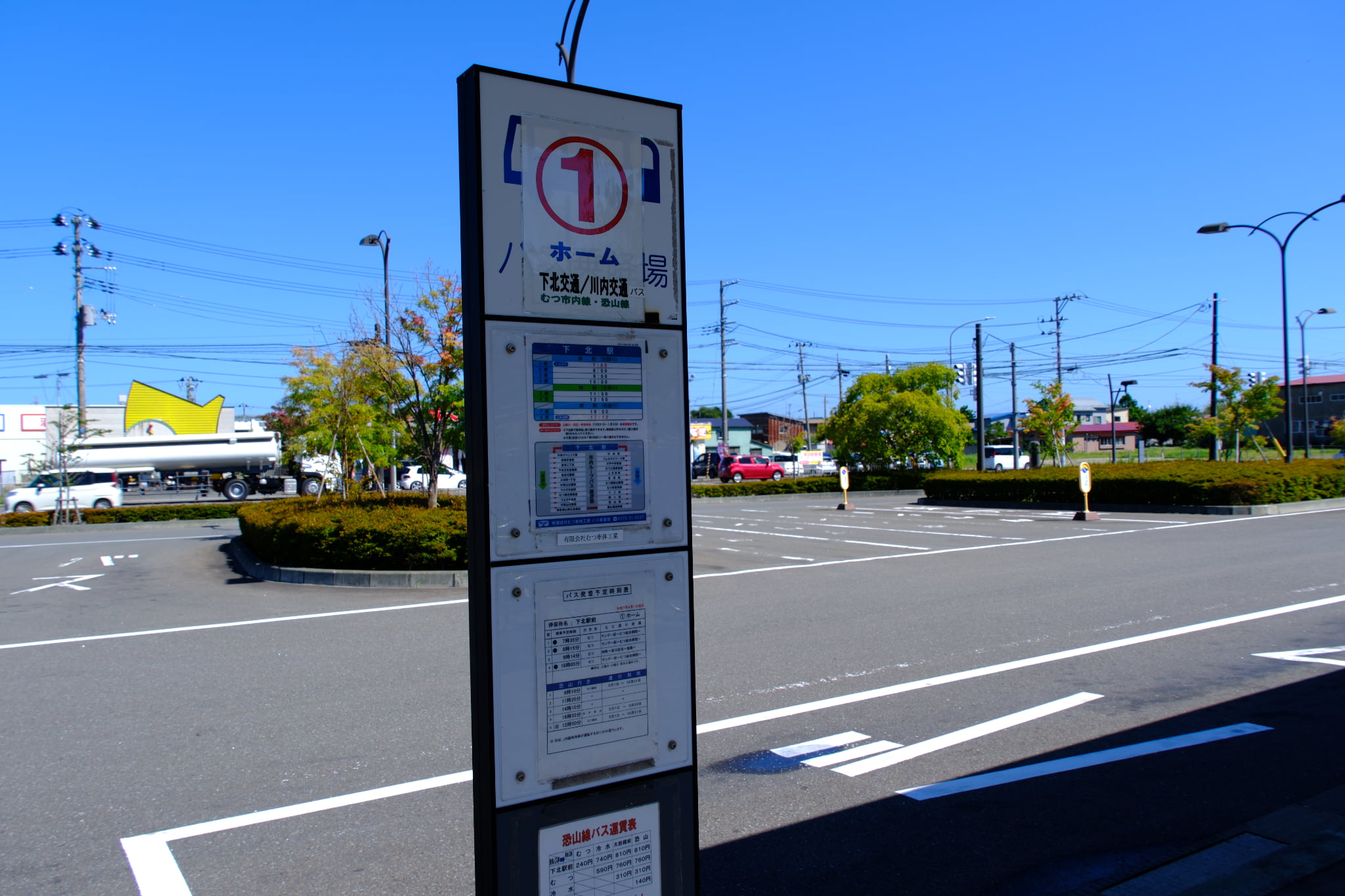
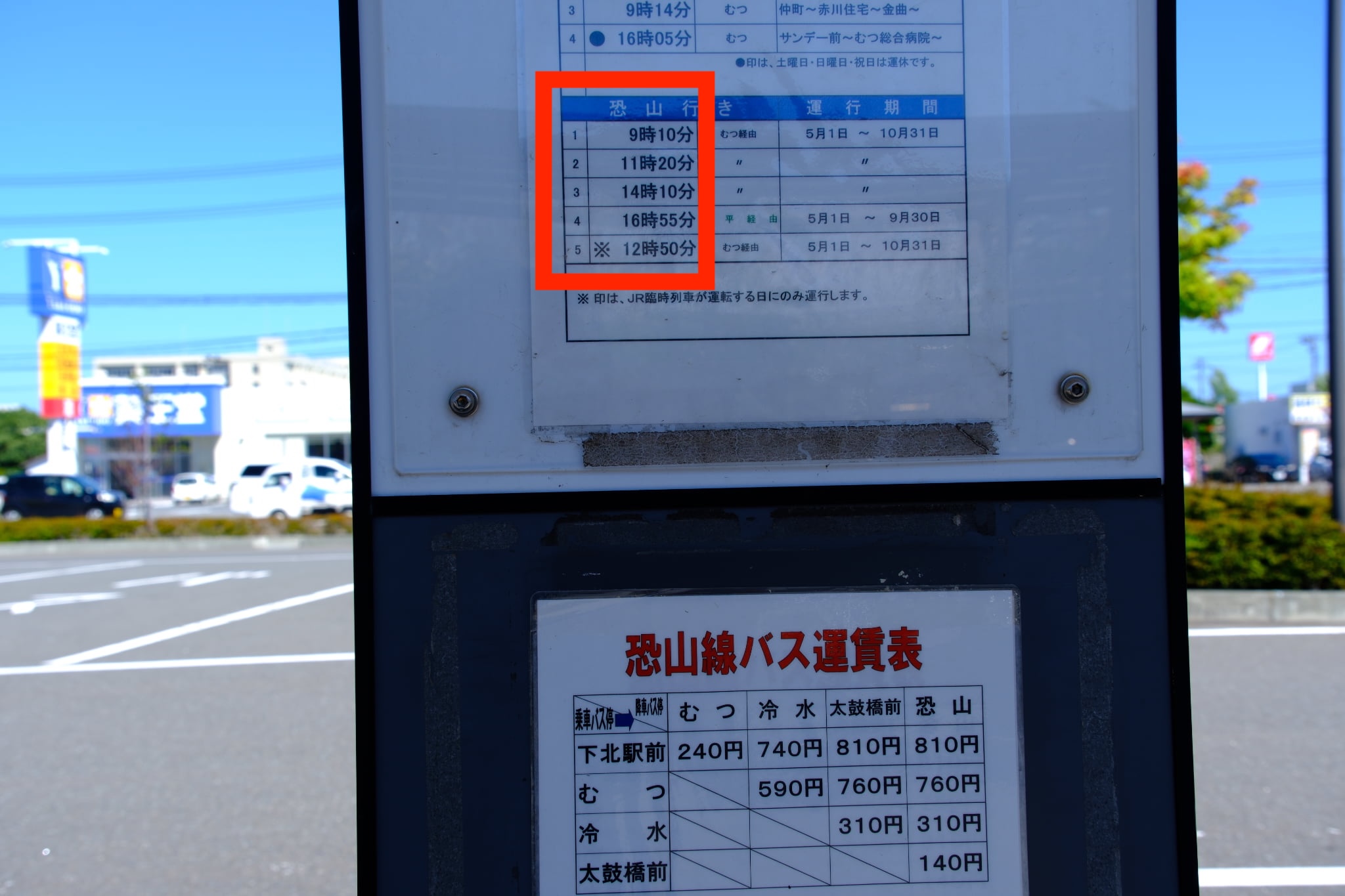
The red-framed section shows the timetable.
Please note that the number of buses is very limited.
(The dates in parentheses indicate the operating period.)
Departure times from Shimokita Station:
-
9:10 (May 1 – October 31)
-
11:20 (May 1 – October 31)
-
14:10 (May 1 – October 31)
-
16:55 (May 1 – September 30)
There is also a 12:50 bus, but it only operates when special seasonal JR trains are running.
On most days, this bus does not operate, so please do not rely on this time.
Check the Return Bus Schedule as Well
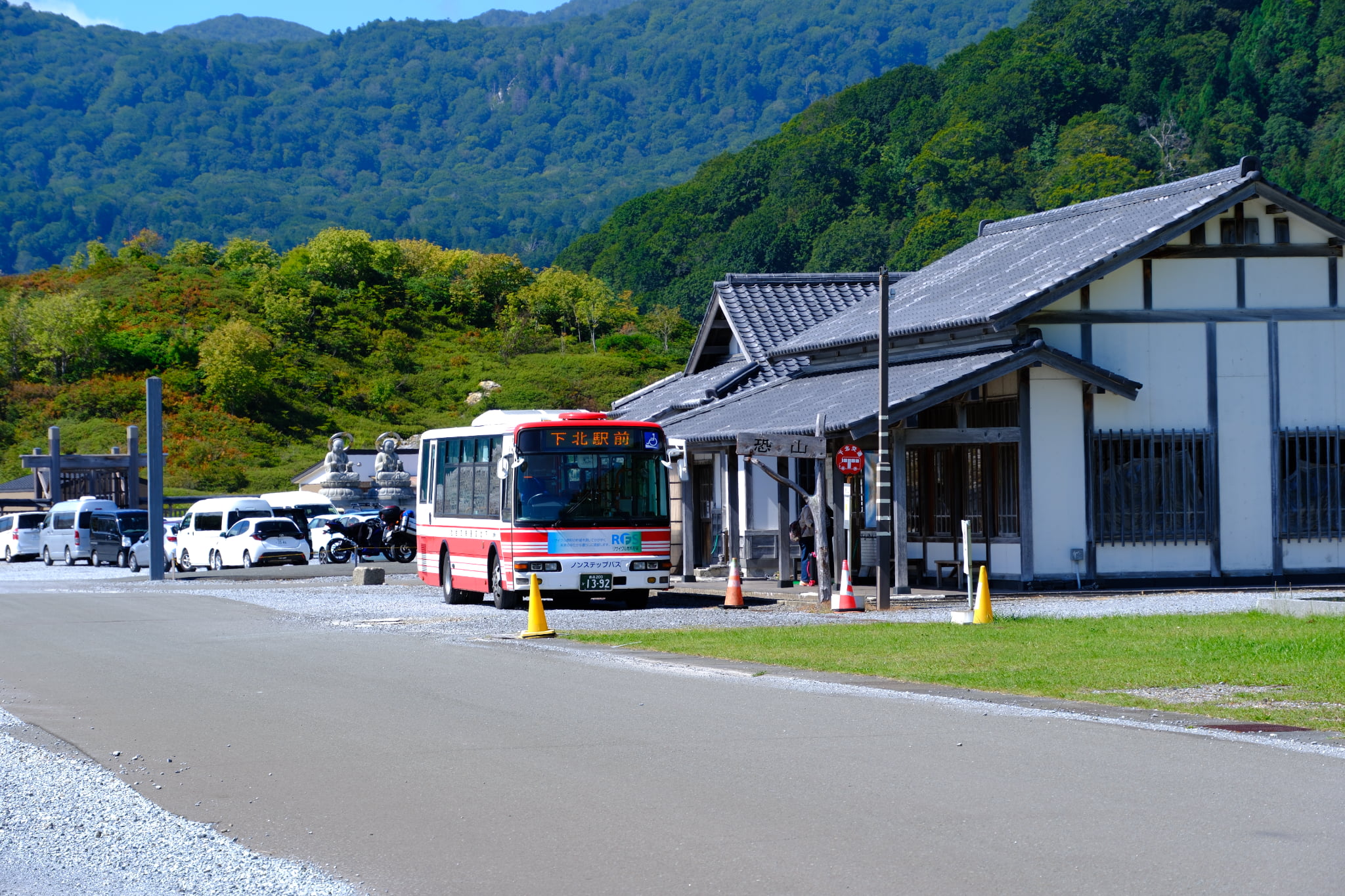
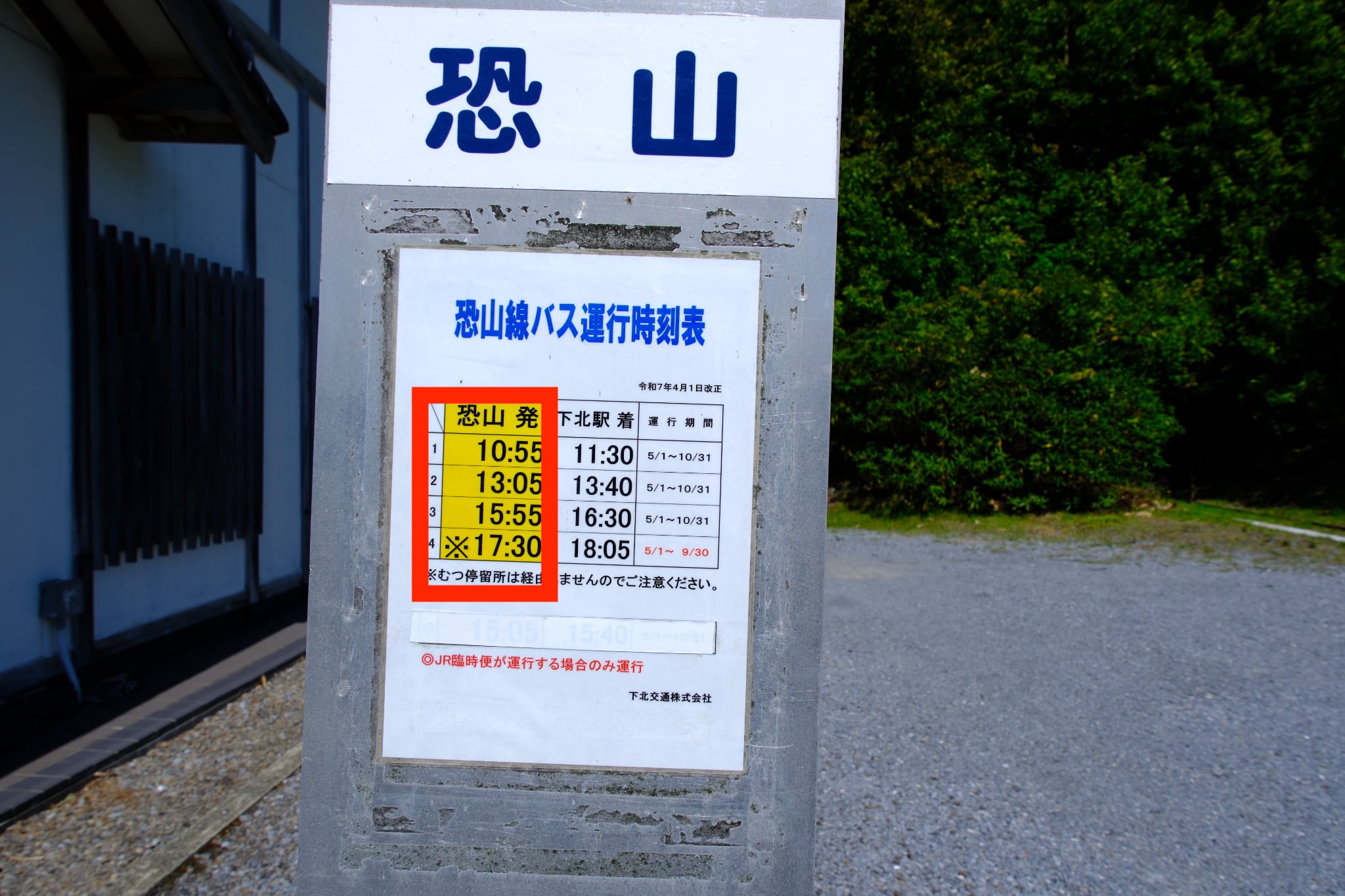
The red-framed section shows the timetable.
Please note that the number of buses is very limited.
(The dates in parentheses indicate the operating period.)
The times on the right side indicate the arrival times at Shimokita Station.
Departure times from Osorezan:
-
10:55 (May 1 – October 31)
-
13:05 (May 1 – October 31)
-
15:55 (May 1 – October 31)
-
17:30 (May 1 – September 30)
The open season for Osorezan is May 1 to October 31.
From November onward, the site is closed for winter, so please plan accordingly
What Is Osorezan?
Osorezan is considered one of the Three Great Sacred Sites of Japan, along with Mount Koya and Mount Hiei.
It is believed to have been founded around 862 CE by the Buddhist monk Ennin (also known as Jikaku Daishi), and has long been a place where people come to honor the souls of those who have passed away.
Within the temple grounds, you will find white volcanic sand and rising sulfur steam, created by ancient volcanic activity.
Just beyond this stark and rugged terrain lies a quiet, still lake.
The contrast between these two landscapes has led people to view Osorezan as a place where the boundary between this world and the afterlife feels close.
Osorezan is not a busy tourist attraction.
It is a place for prayer and reflection, where visitors walk slowly and quietly, spending time with their own memories and thoughts.
History of Osorezan
Osorezan is believed to have been established as a sacred site around 862 CE.
The Buddhist monk Ennin (Jikaku Daishi), who trained at Mount Hiei, saw in this landscape a resemblance to the Buddhist vision of the afterlife, and this is said to be the origin of the site’s significance.
The bleak volcanic rocks and rising sulfur steam have long been associated with images of hell,
while the quiet lake beside them has been seen as a symbol of paradise.
Because these two contrasting landscapes exist side by side, Osorezan came to be regarded as a place where the boundary between the living world and the afterlife feels close.
From around the 12th to the 16th century, people began visiting Osorezan to pray for and send their thoughts to loved ones who had passed away.
During this time, itako, traditional mediums from the Aomori region, performed a ritual called kuchiyose, in which they would call the name of the deceased and speak on their behalf.
For many, this was a way to stay connected to someone they could no longer meet.
Even today, Osorezan remains a quiet place of prayer, where time moves slowly and memories are held gently.
What It’s Like Inside Osorezan
There is a hot spring bath inside the grounds of Osorezan.
Since the bathing fee is included in the admission, visitors may use it freely.
Aside from the hot spring, it generally takes about 1 to 1.5 hours to walk through the entire site at a relaxed pace.
If you plan to use the hot spring, please bring your own towel, as there are no amenities provided.
Also note that both the hot spring and the surrounding area have a strong sulfur smell, which is a natural feature of the environment.
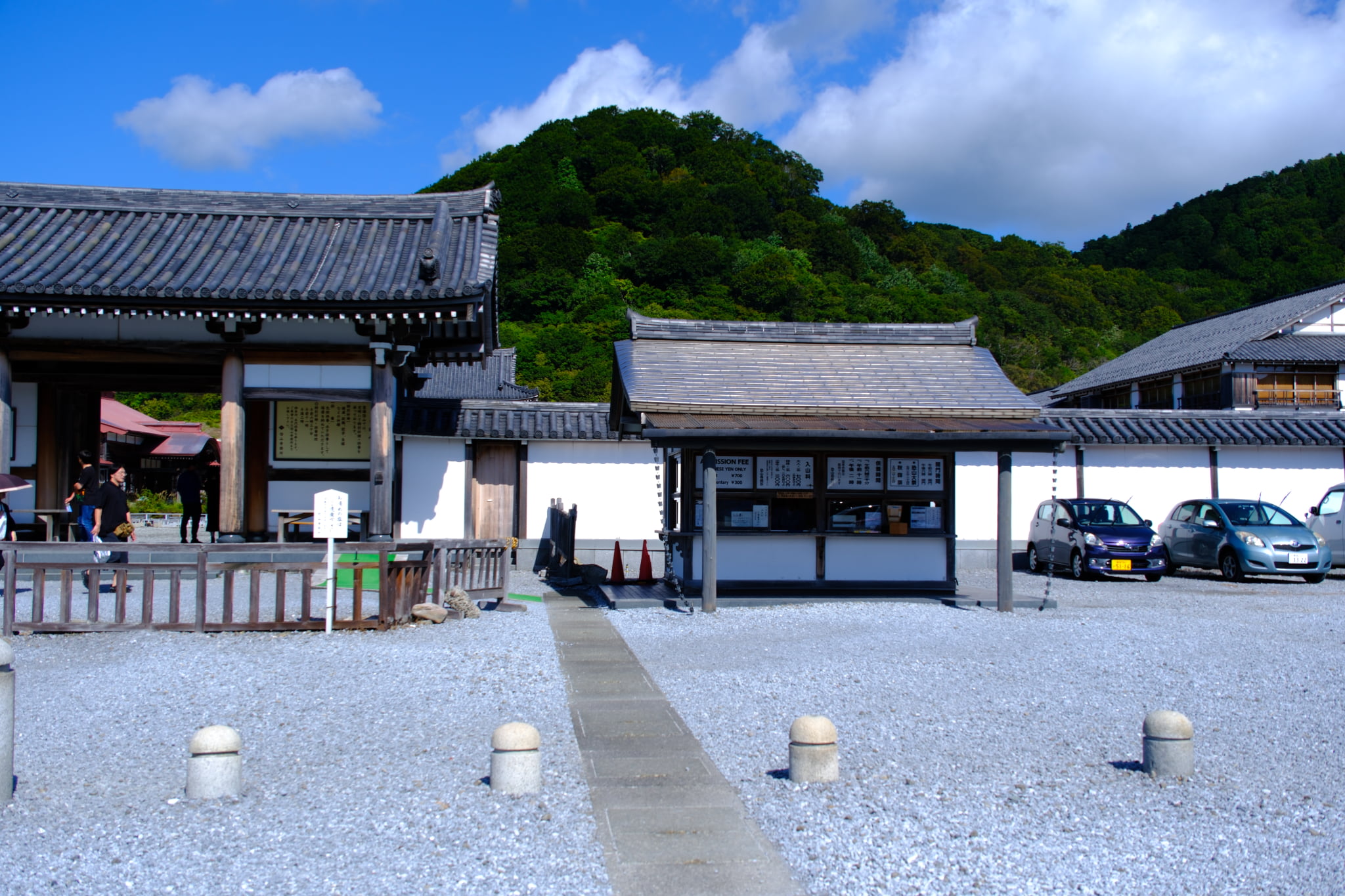

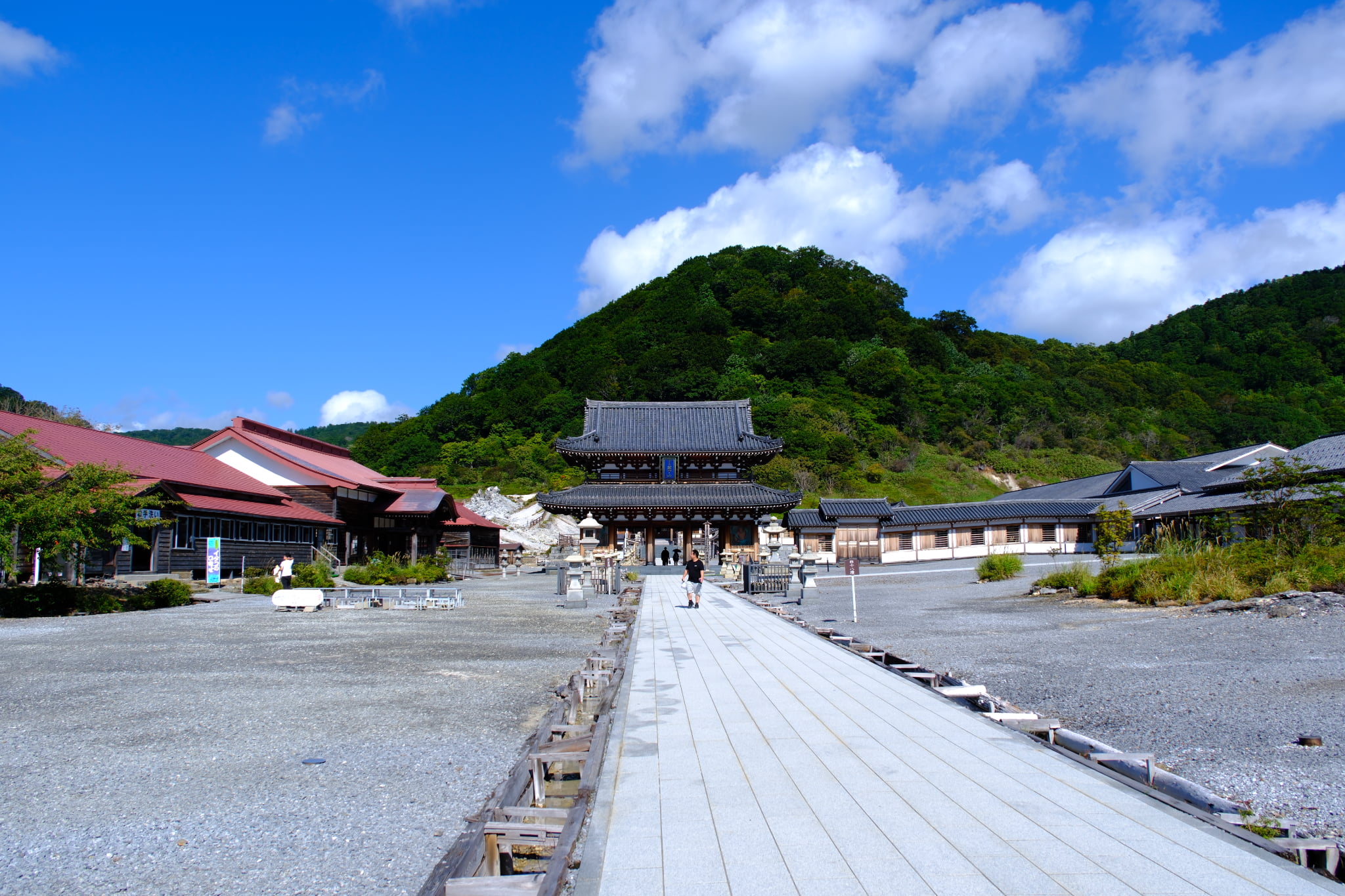
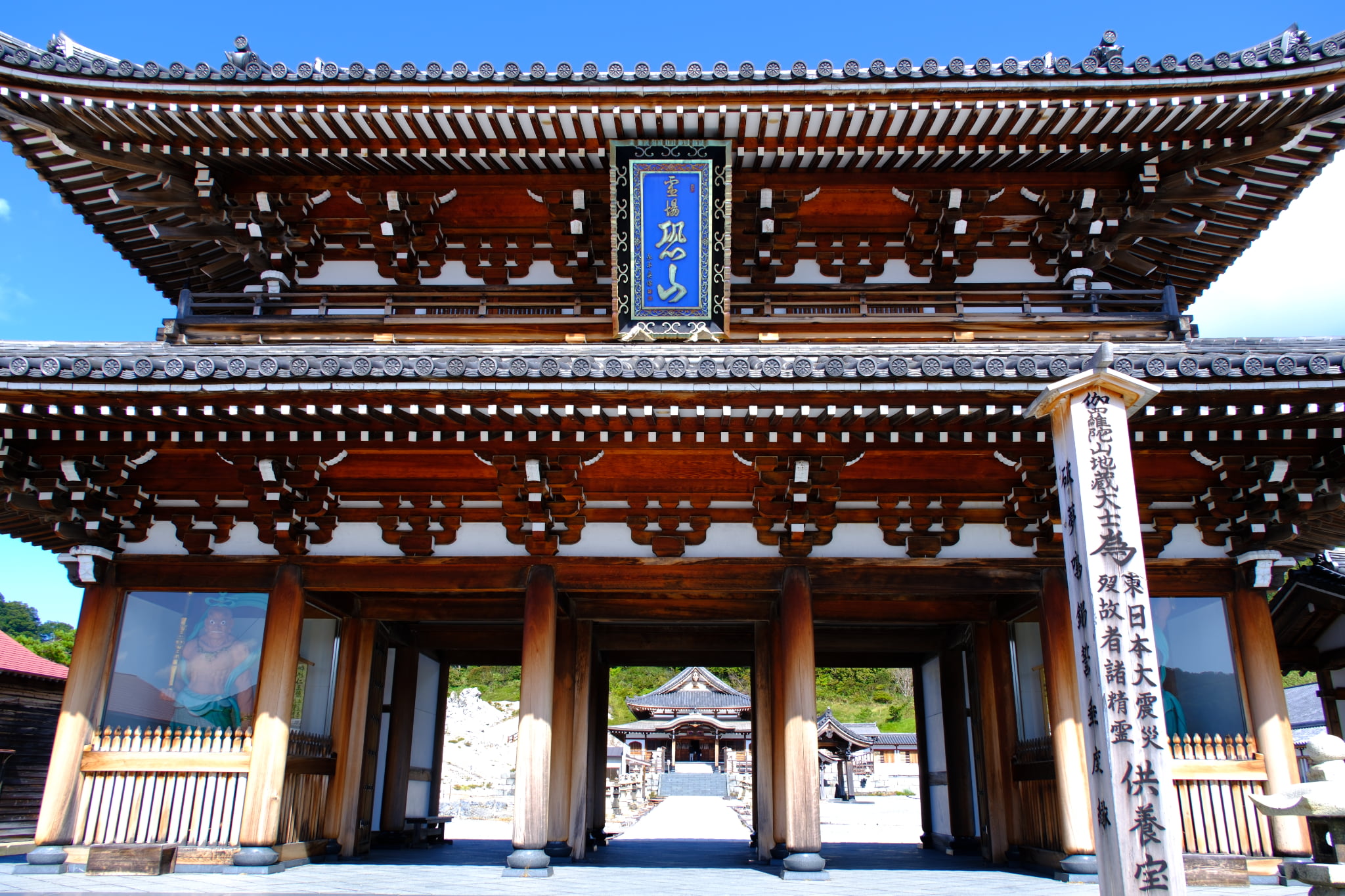
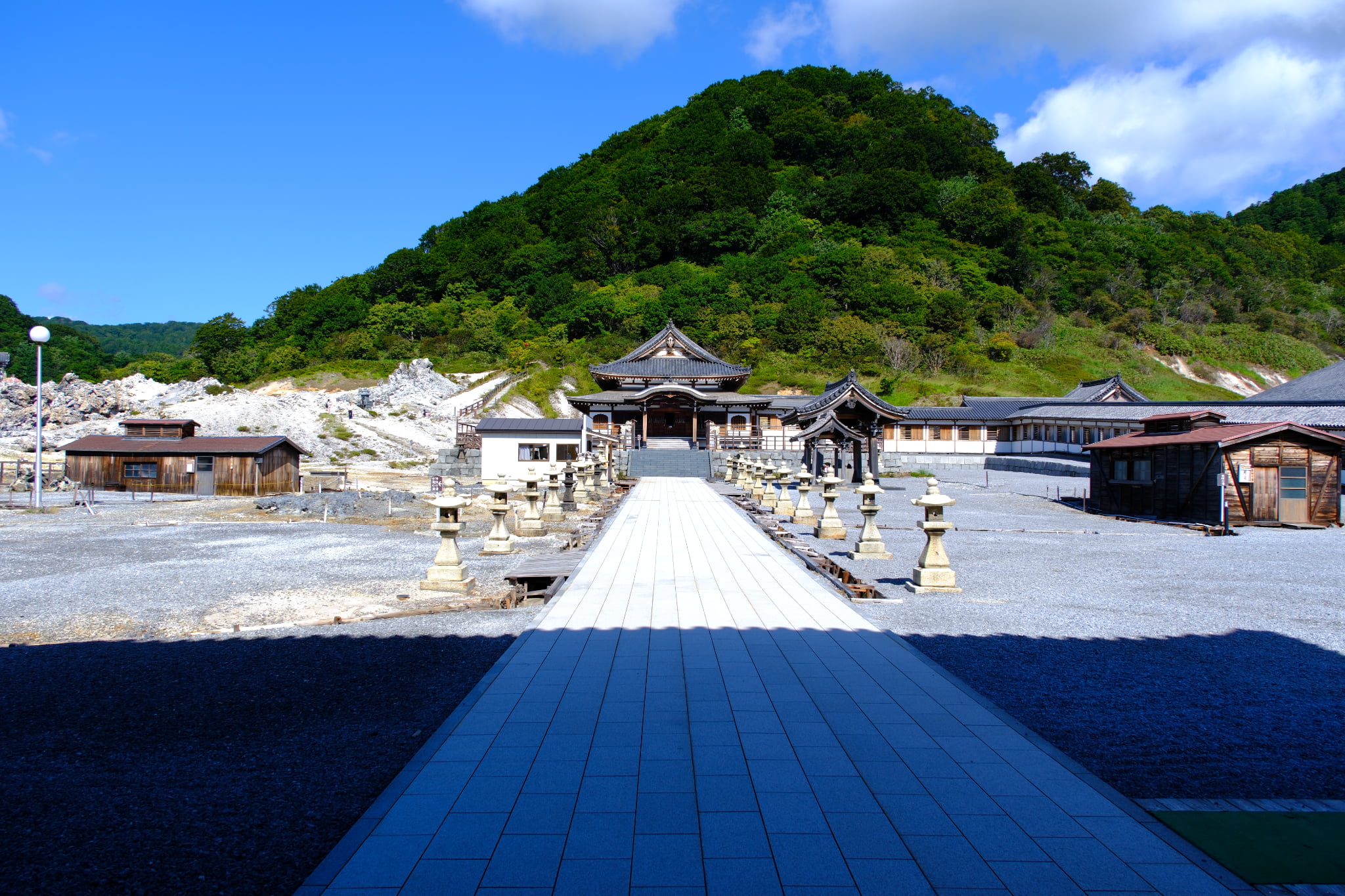
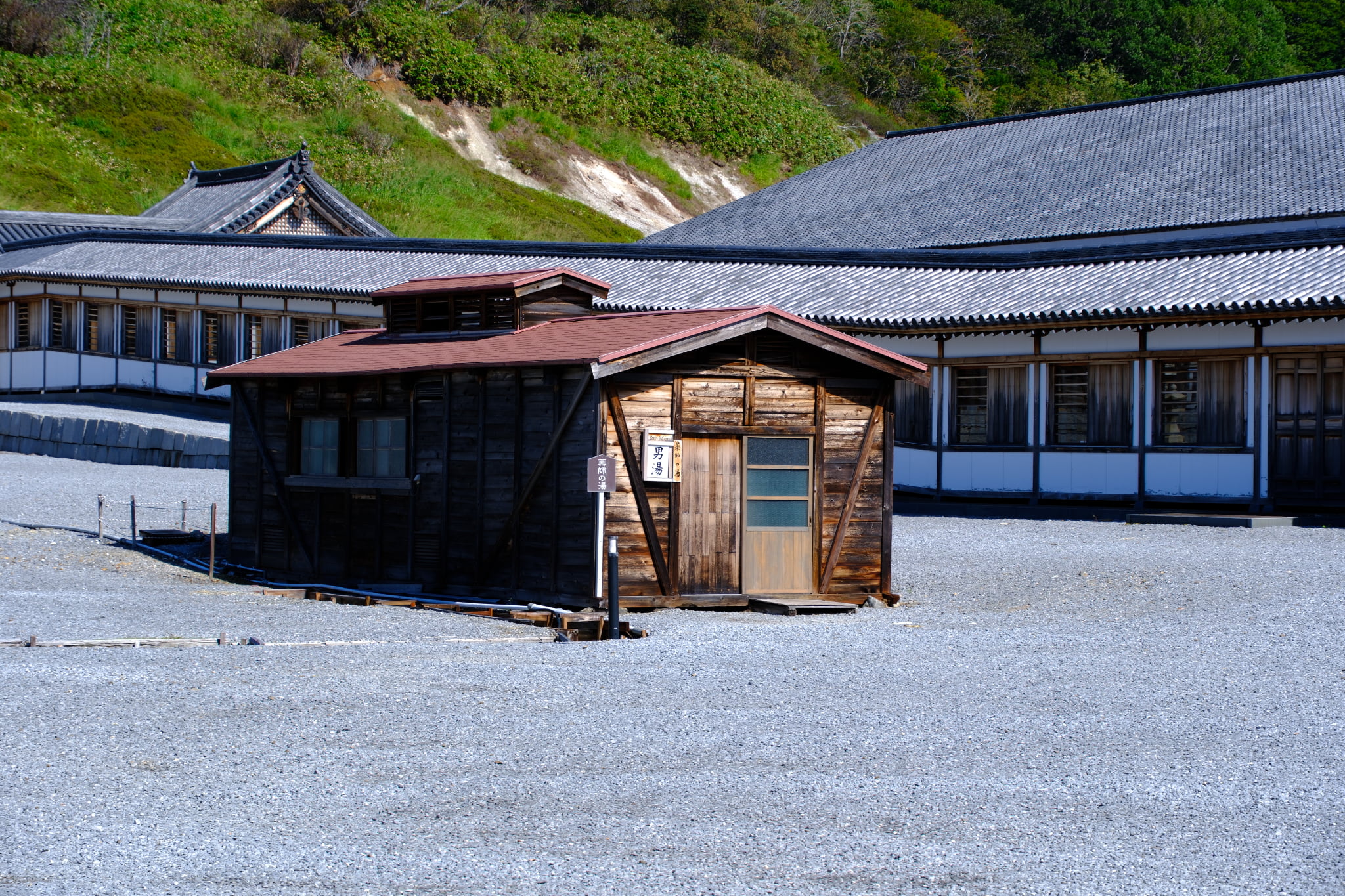
This bath is for men, marked with the word “MEN.”
There are no washing areas, so please rinse your body with hot water before entering.
Because the water is a natural sulfur spring, metal accessories may discolor. It is best to remove them beforehand.
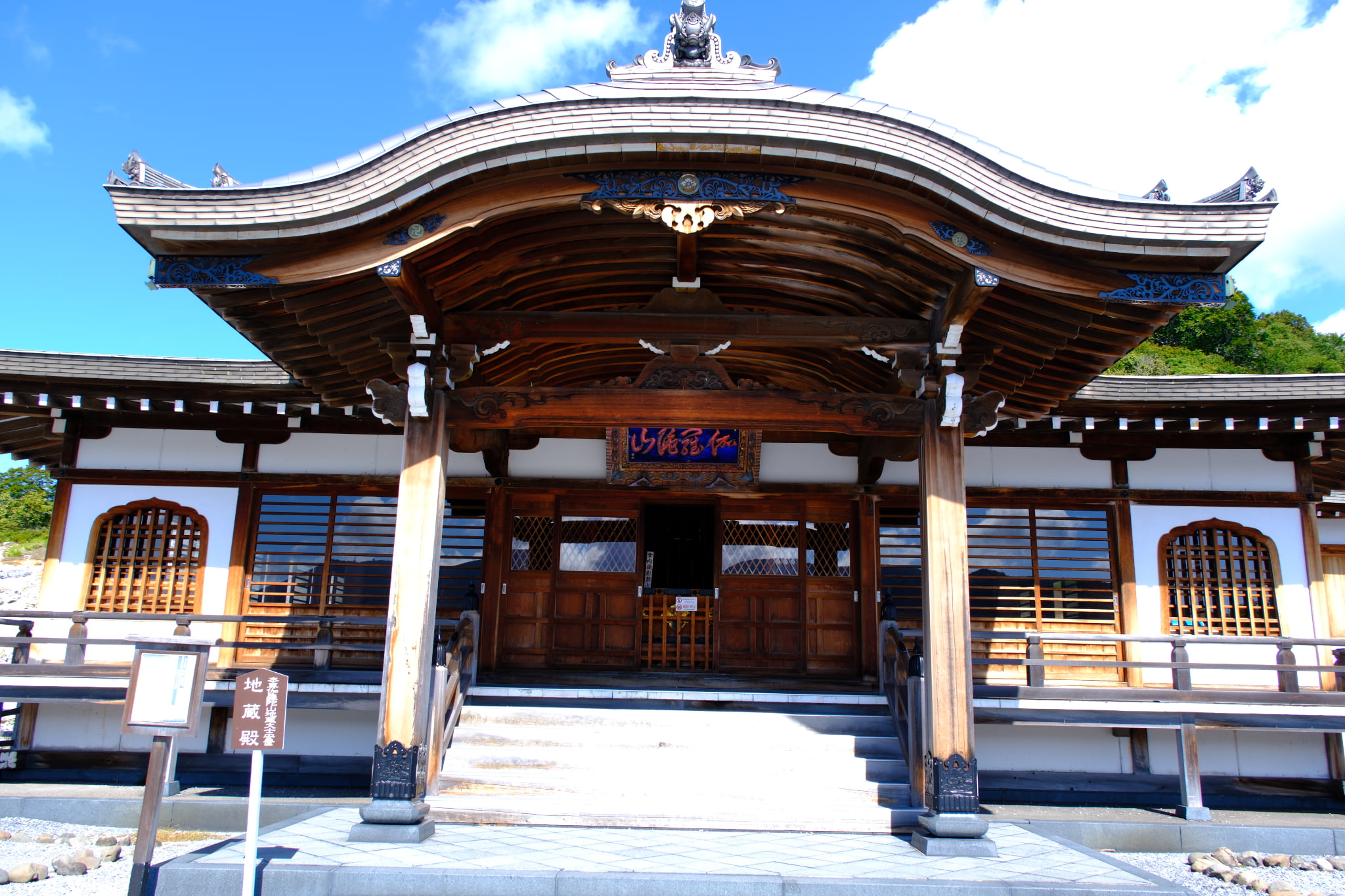
After passing through the second gate, continue straight along the path to reach this hall.
Behind it is the area called “Hell,” where the landscape becomes stark and otherworldly.
To enter, simply climb the steps and turn left.


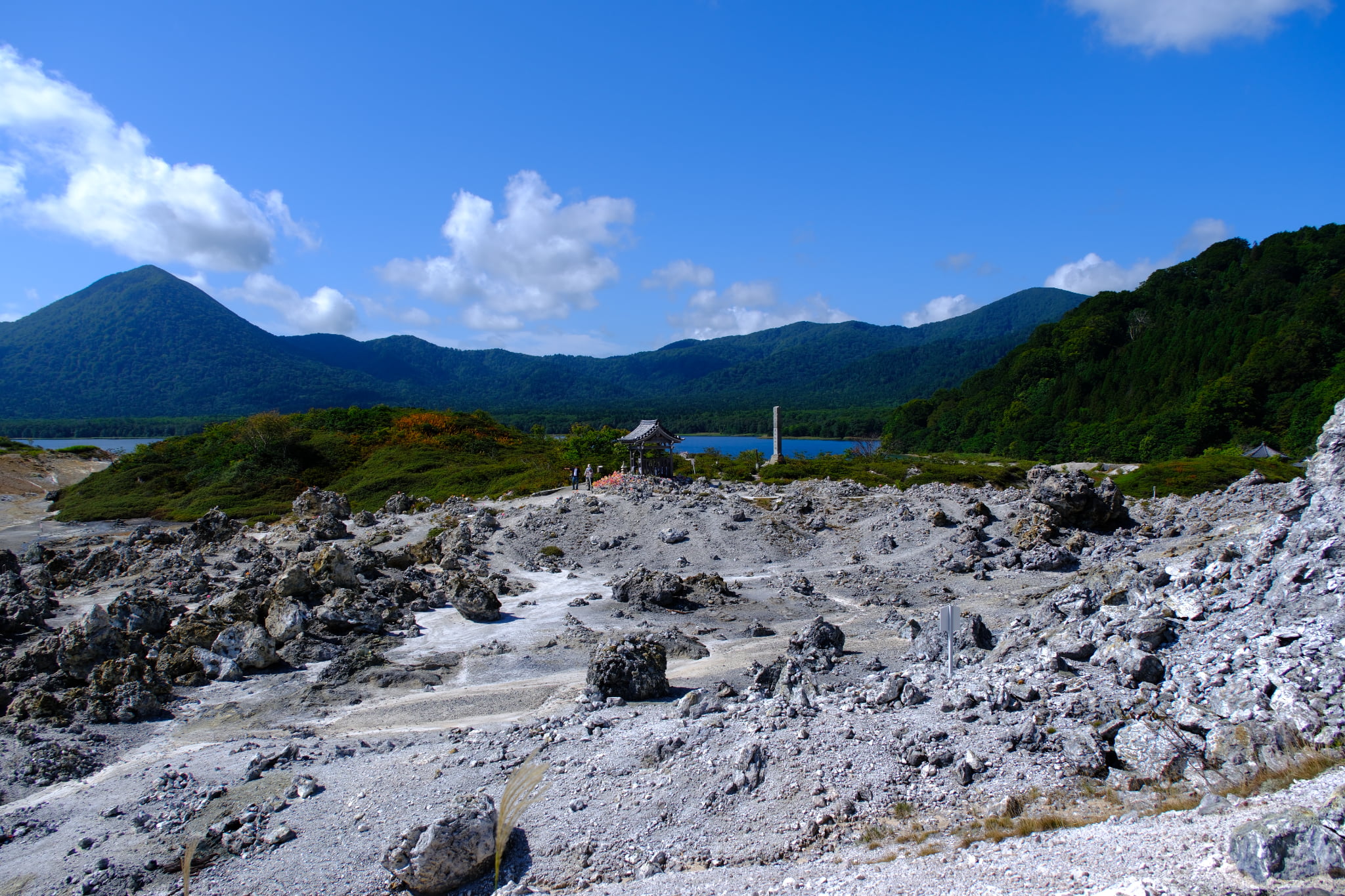
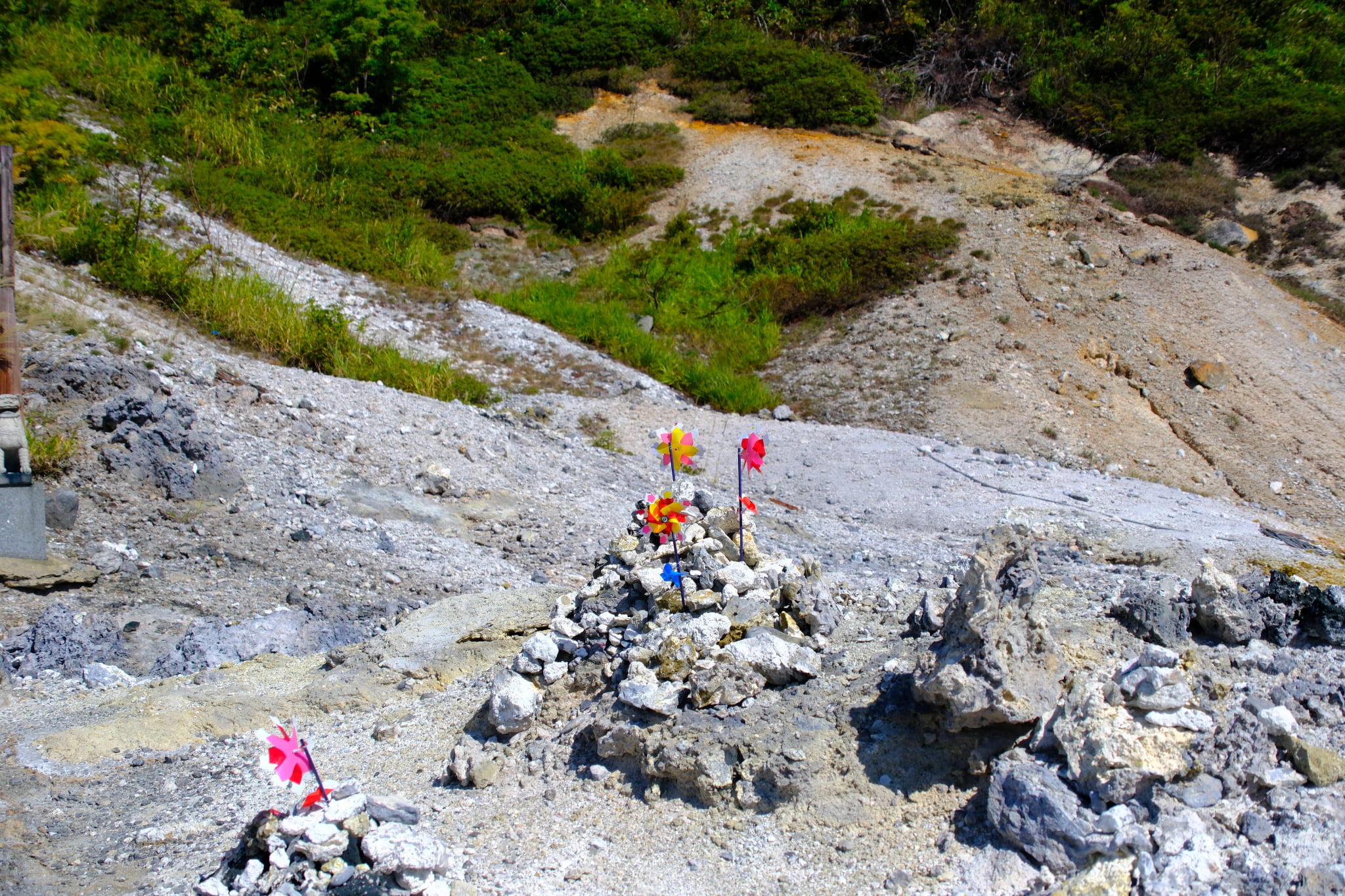

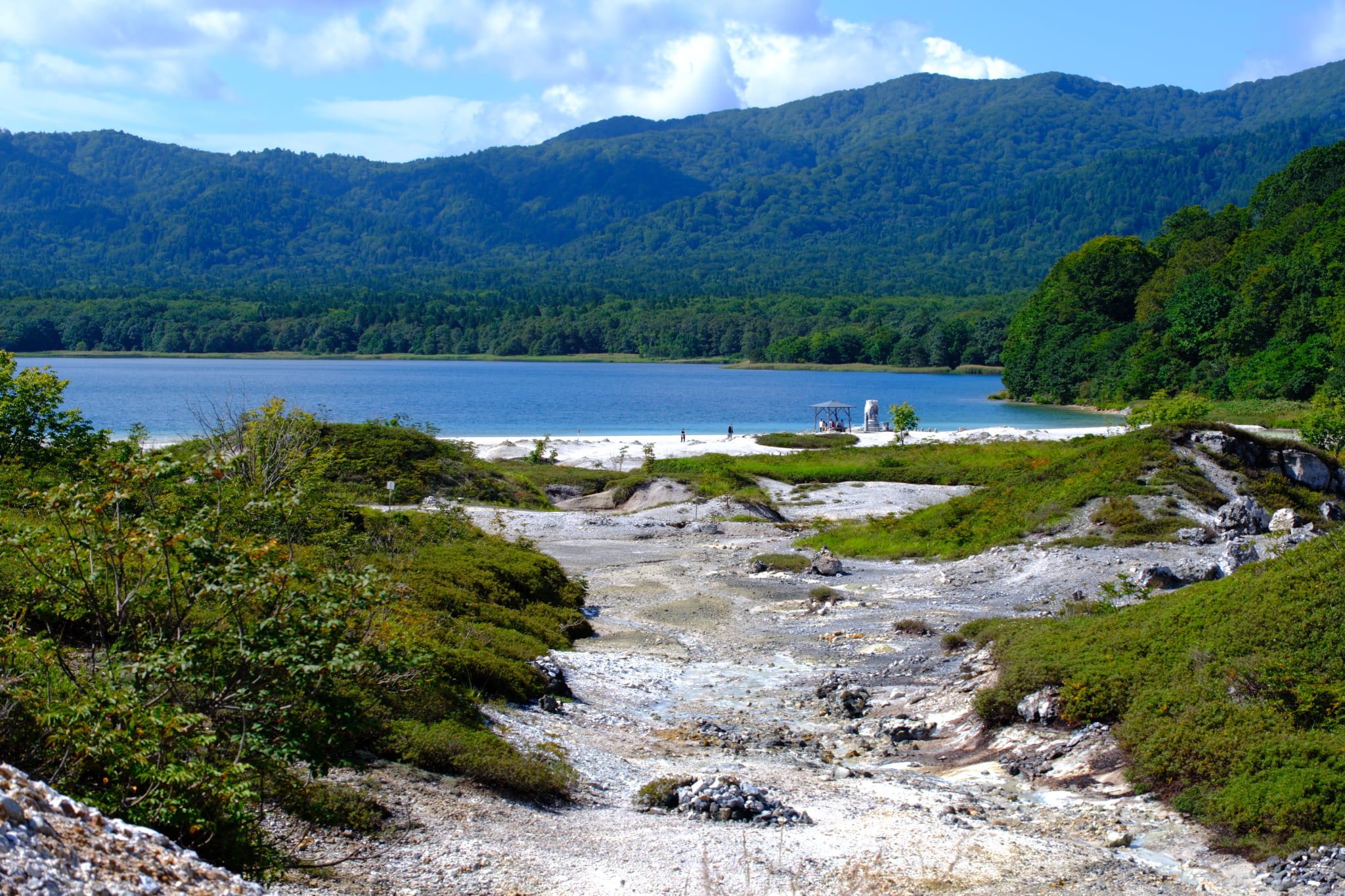

Visiting Hours and Admission
Open Season:
May 1 – October 31
(Closed for winter from November onward)
Visiting Hours:
6:00 AM – 6:00 PM
Admission:
Adults: ¥700
Children: ¥200
Cash only
*Information is current as of September 14, 2025.*

